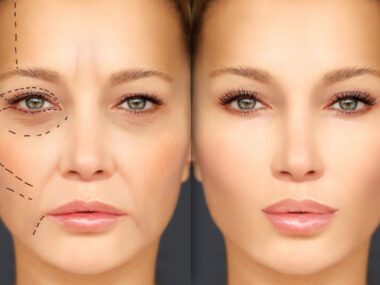Tooth decay, also known as dental caries or cavities, is a common and preventable dental problem that results from the gradual destruction of tooth enamel and underlying structures.
Causes
Tooth decay is primarily caused by the interaction of several factors, which create an environment conducive to bacterial growth and acid production:
- Oral Bacteria: The mouth is inhabited by various bacteria, including Streptococcus mutans, which convert sugars and carbohydrates from the foods you eat into acids.
- Acid Production: Bacteria produce acids when they digest sugars and starches. These acids can weaken and demineralize tooth enamel.
- Plaque Formation: Plaque is a sticky, colorless film of bacteria that forms on the teeth. When plaque isn’t regularly removed through proper oral hygiene, it can contribute to tooth decay.
- Time: Repeated acid attacks on the teeth, especially between meals, can gradually erode tooth enamel.
- Poor Oral Hygiene: Inadequate brushing and flossing can allow plaque to accumulate and worsen over time.
Risk Factors

Various factors can increase the risk of developing tooth decay:
- Poor Oral Hygiene: Infrequent or ineffective brushing and flossing can leave plaque on the teeth.
- Diet: Frequent consumption of sugary and starchy foods and drinks provides more fuel for acid-producing bacteria.
- Dry Mouth: Reduced saliva production can lead to a dry mouth, which doesn’t naturally clean and neutralize acids as effectively.
- Medications: Certain medications, such as antihistamines and antidepressants, can reduce saliva flow.
- Tooth Shape and Position: Crowded or misaligned teeth can make cleaning more challenging.
- Lack of Fluoride: A lack of fluoride exposure, whether through drinking water, toothpaste, or dental treatments, can increase susceptibility to tooth decay.
- Age: Children and older adults are at higher risk due to specific dental challenges.
- Genetics: Genetic factors can influence the strength of tooth enamel and susceptibility to decay.
Symptoms
Early-stage tooth decay may not cause noticeable symptoms, but as it progresses, you might experience:
- Toothache, especially when consuming hot, cold, sweet, or acidic foods and drinks.
- pressure sensitivity when biting or chewing.
- Visible holes or pits in the teeth.
- Brown, black, or white staining on the tooth surface.
Treatment
The treatment for tooth decay depends on the extent of the damage:
- Dental Fillings: Small cavities are typically treated by removing the decayed portion of the tooth and filling the space with materials like amalgam or composite resin.
- Crowns: If a larger portion of the tooth is damaged, a crown (cap) may be placed to restore the tooth’s shape and function.
- Root Canal Therapy: When decay reaches the pulp of the tooth, a root canal may be needed to remove the infected tissue.
- Tooth Extraction: In severe cases where the tooth is extensively damaged and cannot be saved, extraction may be necessary.
Prevention
Preventing tooth decay is essential for maintaining good oral health:
- Oral Hygiene: Brush your teeth at least twice daily and floss daily to remove plaque.
- Diet: Limit sugary and starchy foods and drinks, and consume them with meals.
- Fluoride: Use fluoride toothpaste, drink fluoridated water, and consider fluoride treatments from your dentist.
- Dental Checkups: Visit your dentist regularly for professional cleanings and checkups.
- Dental Sealants: These protective coatings can be applied to the chewing surfaces of molars to prevent decay.
- Saliva Stimulants: Chewing sugar-free gum or consuming xylitol products can stimulate saliva flow, which helps neutralize acids.
Tooth decay is a common dental issue, but with proper oral care and regular dental visits, it can be prevented or caught early, minimizing the need for extensive treatments.
If you suspect you have tooth decay or experience any dental symptoms, consult your dentist for a thorough examination and personalized advice.










